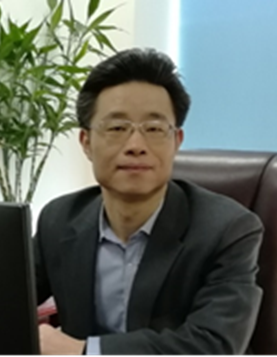
Prof. Zhimin Qiang
Professor/Director,State Key Laboratory of Environmental Aquatic Chemistry, Research Center for Eco-Environmental Sciences, Chinese Academy of Sciences, China
Speech Title: Facilitated Prediction of Micropollutant Degradation by UV-AOPs in Various Waters via Combining Model Simulation with Portable Measurement
Abstract: Micropollutants have attracted increasing attention because of their potential threat to aquatic ecosystem and public health. Ultraviolet-based advanced oxidation processes (UV-AOPs) have been regarded as effective approaches for micropollutant degradation. However, micropollutant degradation in water by UV-AOPs depends strongly on water matrix. This study developed a facilitated prediction method for photon fluence-based rate constant of micropollutant degradation (k′p,MP) in various UV-AOPs by combining model simulation with portable measurement. The simulation models consisted of photochemical, quantitative structure-activity relationship, and radical concentration steady-state approximation models. The portable measurement quantified the scavenging capacities for principal reactive radicals (RRSCs) involved in UV-AOPs (HO•, SO4• and Cl•) by using a mini-fluidic photoreaction system (MFPS). The RRSCs were determined in eight test waters, which exhibited a good correlation with water matrices and reaction selectivities of reactive radicals. Then by taking sulfamethazine, caffeine, and carbamazepine as model micropollutants, their k′p,MP values in various UV-AOPs were predicted and further verified experimentally. This study proposed a novel method for facilitated prediction of k′p,MP in various UV-AOPs in real waters. The developed method doesn’t require advanced analytical instruments, but can be accomplished in field by a small-size photoreactor (MFPS) and a portable spectrophotometer. This method could instruct proper process selection and optimization of UV-AOPs, as well as provide a feasible approach for monitoring water matrix change and enabling corresponding on-line adjustment of operating parameters, which is essential for increasing efficiency and cost-effectiveness of water treatment.
